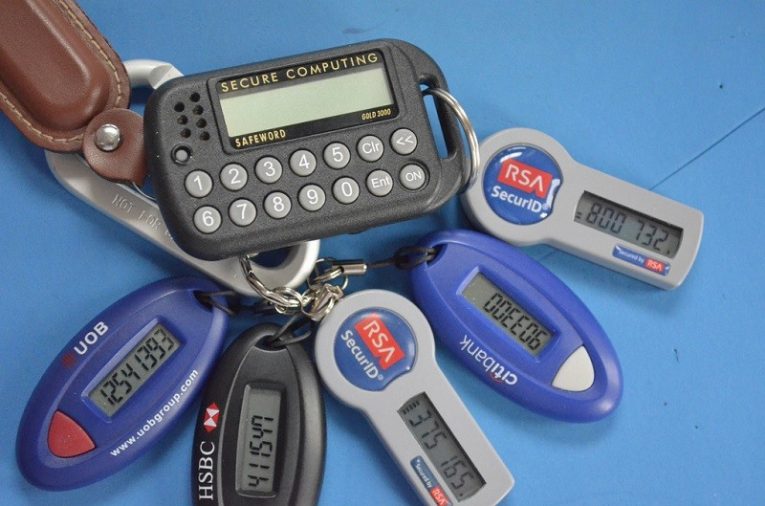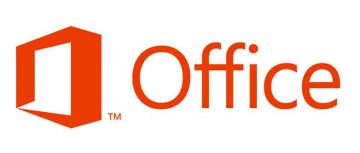What Is Multi-Factor Authentication (MFA)?

It is very likely that you encounter MFA (multi-factor authentication) every single day, but you are not aware of it because it has molded seamlessly into our daily lives. The concept sure does have a fancy name, but in reality, it is just a method to get to your personal data. With cybersecurity concerns growing, this method of authentication comes forth as one of the more reliable ways to protect personal information not only for individual users but for businesses and corporations as well. In this blog post, we will discuss what MFA is and why it is important.
What is Multi-Factor Authentication?
As mentioned, you probably encounter MFA every day, but you never think about it. The point is that this system requires confirming the user’s identity in at least two steps before they can reach the information they want to access. Each step requires a piece of evidence (or factor) to confirm the identity. Any encyclopedia article on this type of authentication will tell you that MFA has three main factors. However, as you will see below, there might also be several others. But let’s cover this step by step.
So the three main authentication factors required by the MFA system are knowledge, possession, and inherence. We’re using some high vocabulary here again, but it is quite simple when you break down these factors into something mundane. Let’s take knowledge: it clearly refers to something that a user knows, right? Perhaps the most common aspect of multi-factor authentication is a password, and that is something that every user is expected to memorize.
Another factor: possession. Possession refers to something one has. So you have a factor of authentication that is physical. Perhaps the simplest example would be a regular key. A key is a physical possession that matches one particular lock, and with that key, you can prove that you have the right to open the lock. Likewise, there are other authentication factors that utilize the same principle. For instance, there are security tokens that can be both hardware and software tokens.
The third common constituent of the multi-factor authentication is inference. To put it simply, it is something that you are, and it is directly associated with you. So it could be biometric data like a fingerprint, face or voice. You might need to perform a retina scan to access something, but even though it might sound too high-tech, you are probably doing that every single day when you unlock your phone or your laptop. Most of the mobile devices these days come with fingerprint scanners that offer their own type of multi-factor authentication with the password (knowledge) and the fingerprint (inference).
Aside from these common factors, there might also be a few others. According to a post on MFA at SearchSecurity, there are also location and time factors in this authentication system. For example, you must have received an automated email whenever you’ve tried to log into your account from a different country. This is how the system checks if it’s really you, especially if you have the location set in your main settings. Not to mention that it is really easy to track the location of a user because most of them keep their phones with the GPS turned on. So it is rather simple to double-check the login location. Also, the time factor can be very important when we want to prevent financial frauds. For instance, if someone on the other side of the world wants to empty your account with your credit card data, the system they want to access can notice at once that there is something odd. Say, the same user cannot use the same card in the United States and then in China in just 15 minutes.
Why is it important to employ Multi-Factor Authentication?
As mentioned, the global concern for cybersecurity is only rising. Data theft is prevalent, and most of it occurs through compromised authentication. MFA, on the other hand, makes the entire process safer. Of course, you have probably read a lot of articles that are very keen on emphasizing strong passwords and password encryption, but that may not be enough to protect the data, and this is critically important for both individual users and businesses.
The main problem with the traditional ID and password authentication system is that the information has to be stored in a database. Whether it is encrypted or not, the bottom line is that it is possible to break into that database and steal the information. It is especially relevant these days when the CPU speeds are extra high, and there are tons of tools that can help crack passwords just by brute force. By brute force, we mean that a tool calculates all the password combinations possible until it gets to the correct one. According to SearchSecurity, some of those tools crack up to 500,000,000 passwords per second. So it is only a matter of time before any database gets cracked. Hence, there is a necessity for a type of authentication system that does not rely solely on a database. Using it would strengthen the overall data security.
Another reason Multi-Factor Authentication is important is compliance. According to Mark Dacanay, there are many rules that organizations need to comply with when it comes to managing personally identifiable information. The companies that work with such sensitive data need to ensure that the data is protected properly and their databases cannot be breached. If companies apply multi-factor authentication, it becomes easier to meet the compliance requirements. In other words, choosing this method of authentication is a step towards stronger security. And individual users can also be sure that if their data is managed by a company that employs MFA, their personally identifiable information is in safe hands.
Finally, multi-factor authentication makes the login process simpler. It might not sound like that at first, keeping in mind that it requires multiple factors to reach the data, but if one of the factors gets authenticated automatically, the sign in process is simplified. You can take banking apps, for example, where they have additional mobile authentication apps that authenticate the user, and they no longer need to carry a code card or something like that.
So, to sum up, the point of MFA is a layered defense. With many factors necessary to access sensitive information, compromising the authentication becomes difficult. Technically, this should make the entire authentication fail-proof: If one factor is compromised, the others should still stand, and hence the criminals should not be able to break into a database. That is why computer security experts strongly recommend applying this system anywhere where it is necessary to protect sensitive data.








